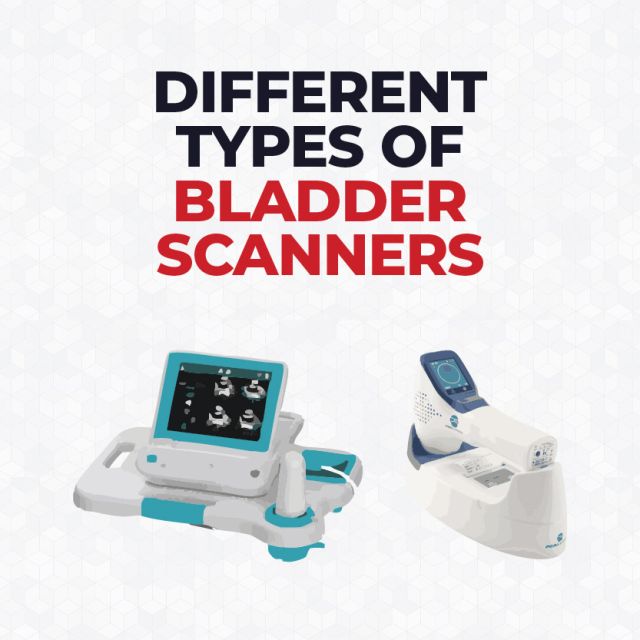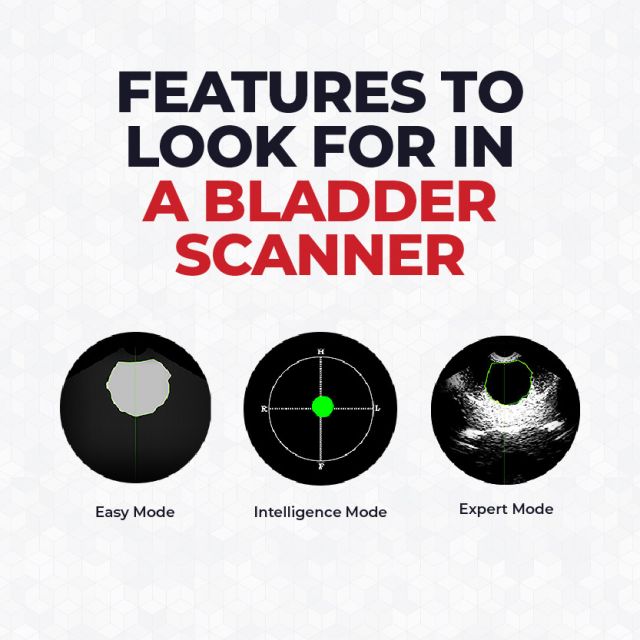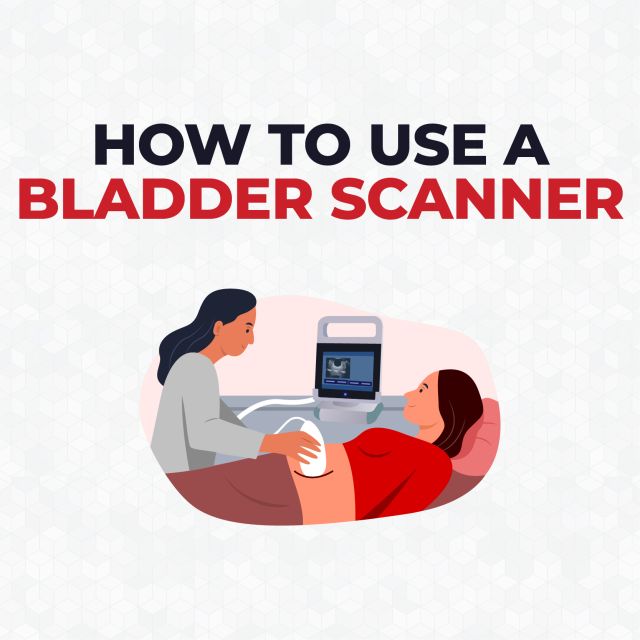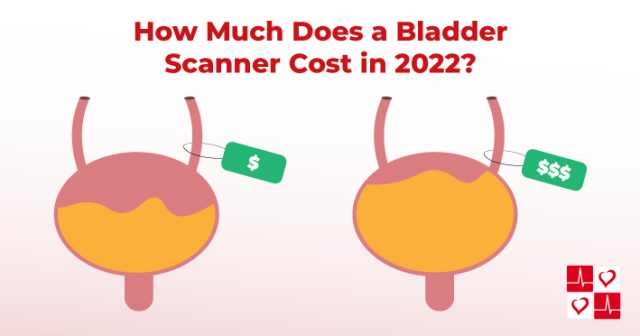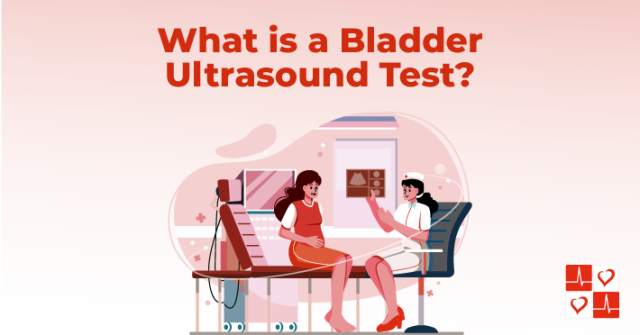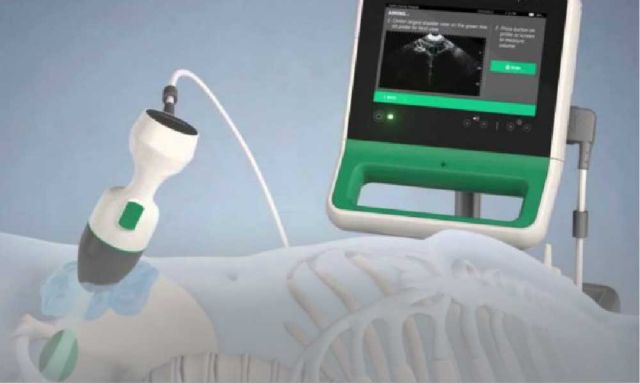What Is a Bladder Ultrasound Test?
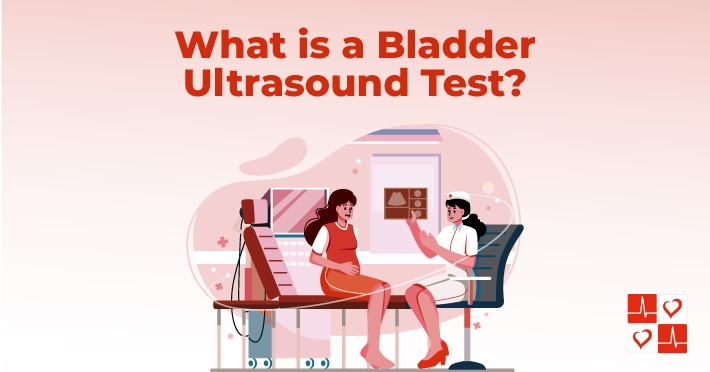
What is a Bladder Ultrasound Test?
A Bladder Ultrasound Test, or Bladder Scan, is a procedure ordered by healthcare professionals when there is worry about bladder health. Specifically, the results from a bladder scan can help diagnose causes of pain or dysfunction.
In addition, the test itself is quick, safe, and painless. While bladder scans are not painful, patients will need to hold their urine so that the bladder is full for the scan.
In order to perform a bladder scan, you’ll need:
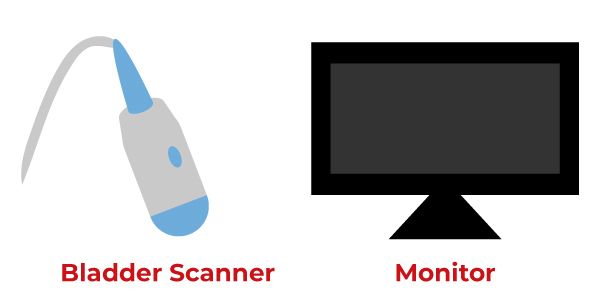
- A Bladder Scanner: a portable, hand-held ultrasound device that provides a virtual 3D image of the bladder quickly and the volume of urine.
- A Monitor: displays clear 3D images of the bladder from the bladder scanner.
How Bladder Scanners Work
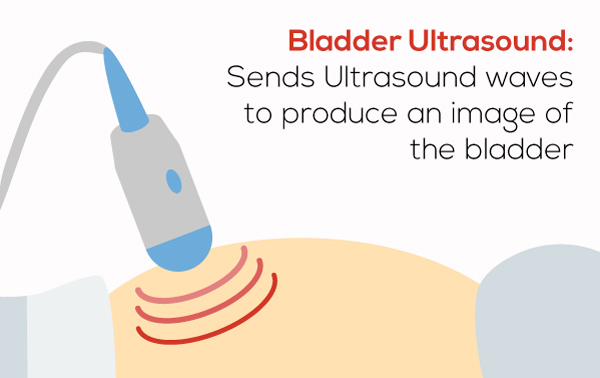
To start, Bladder Scanners contain transducers that send out ultrasound waves. In this case, these waves bounce off the bladder to produce images before and after urination.
Then, the data is transmitted to a computer for results. Finally, doctors and radiologists then interpret the data to diagnose and treat symptoms.
Why are Bladder Ultrasounds Done?
One of the most common reasons why patients need bladder ultrasounds performed is to diagnose bladder dysfunctions, such as urinary incontinence. Particularly, urinary incontinence is the inability to hold urine in the bladder purposefully. In fact, according to the Urology Care Foundation, nearly a third of men and women in the U.S suffer from this condition.
Generally, other common bladder problems that prompt a bladder scan include Overactive Bladder (OAB), Urinary Retention, and Urinary Tract Infections (UTI).
Where Bladder Ultrasounds Are Performed
Typically, bladder ultrasound tests are commonly utilized in acute care settings, where short-term active treatment is needed.
Additionally, they may also be performed in long-term care, rehabilitation, urology, and gynecology environments. In many cases, bladder scanners are frequently used by nurses at bedside, and they can prevent invasive procedures such as cystoscopy.
Closing
In sum, bladder ultrasound tests are a painless and non-invasive procedure. Most importantly, they help identify the root causes of many common bladder symptoms.
In general, common bladder symptoms include incontinence, urine leaking, and general painful urination. If you experience any of these, please contact your doctor to schedule a bladder ultrasound for a diagnosis.
Additionally, for quality bladder scanners for your practice, please browse our catalog.


